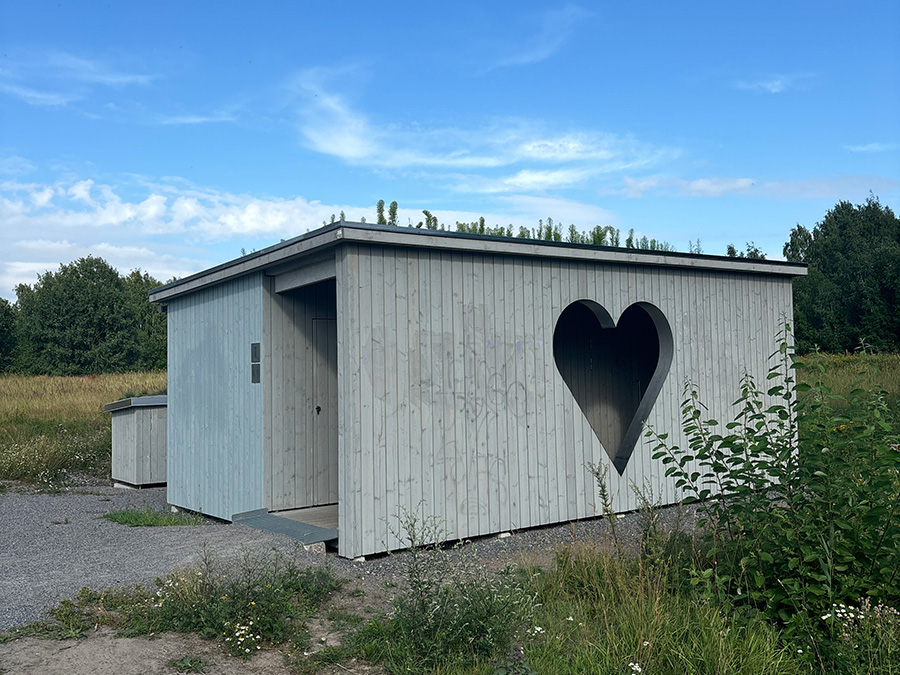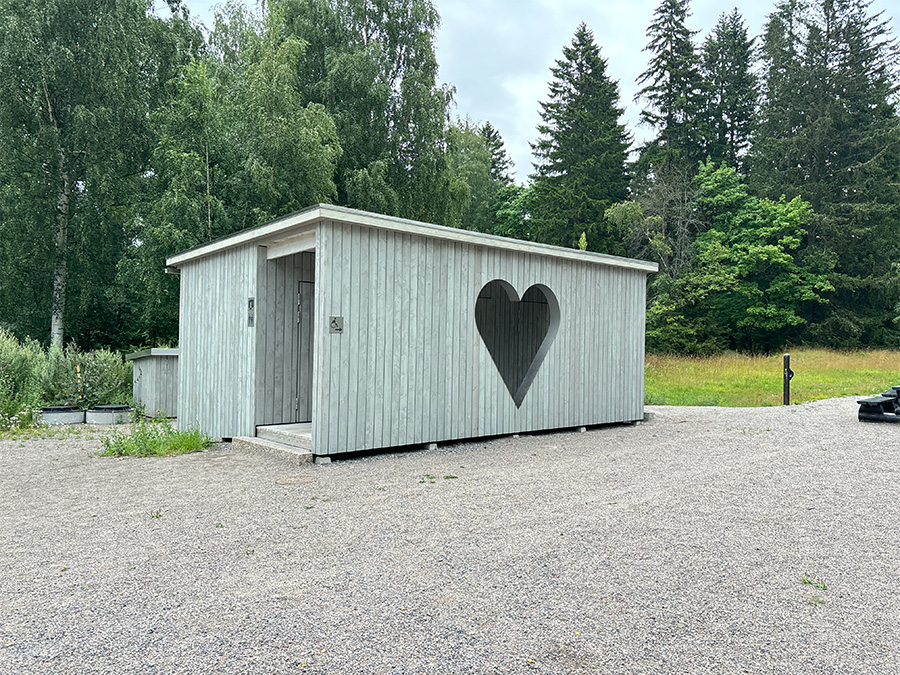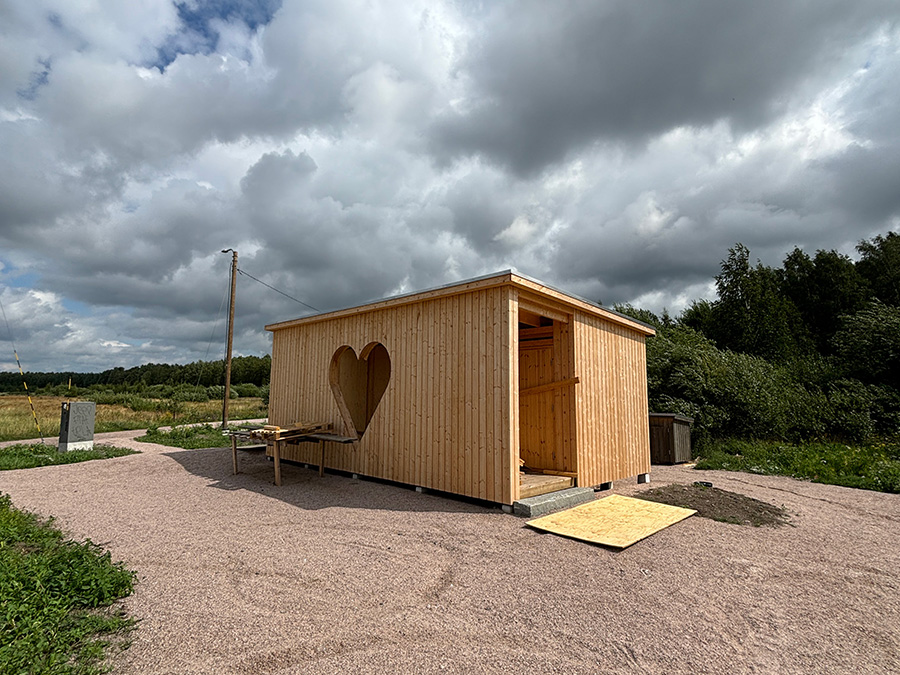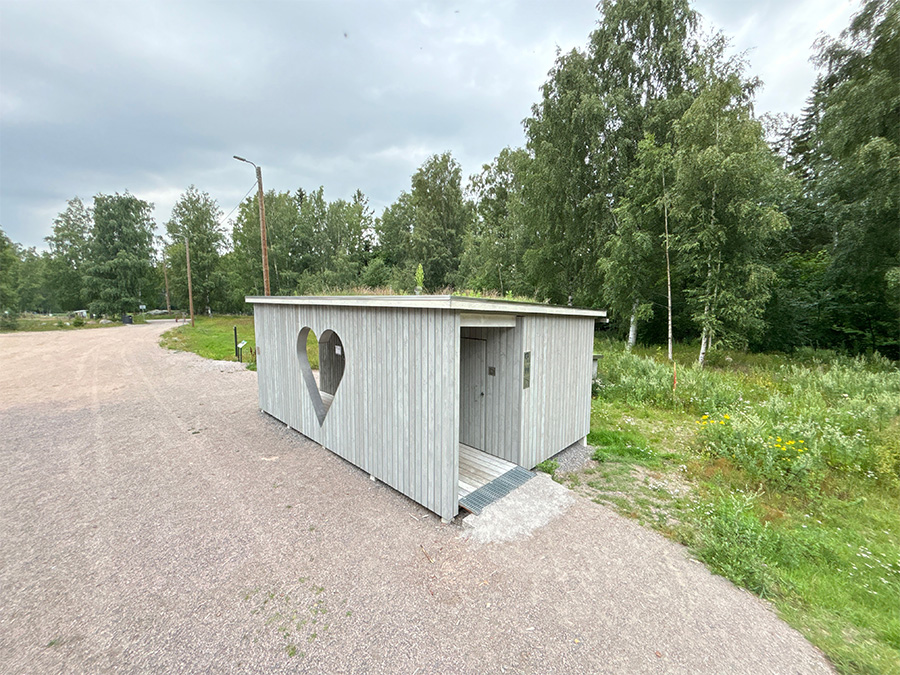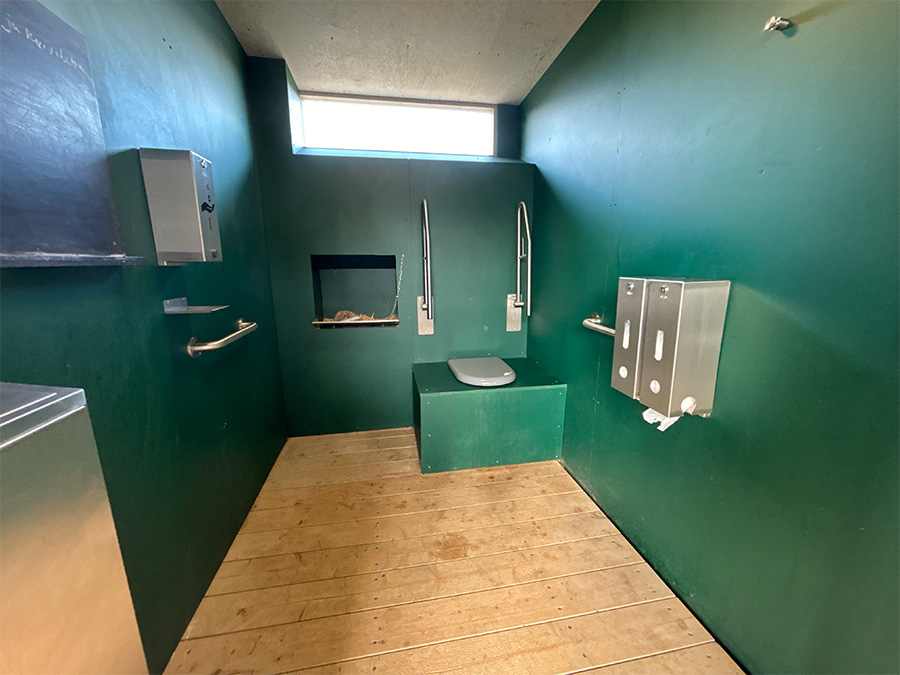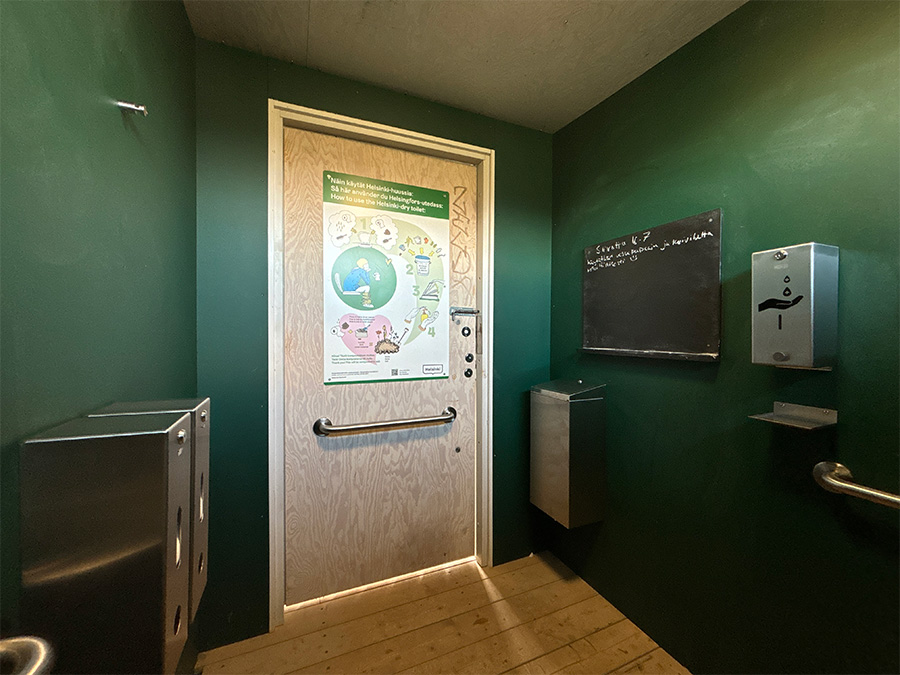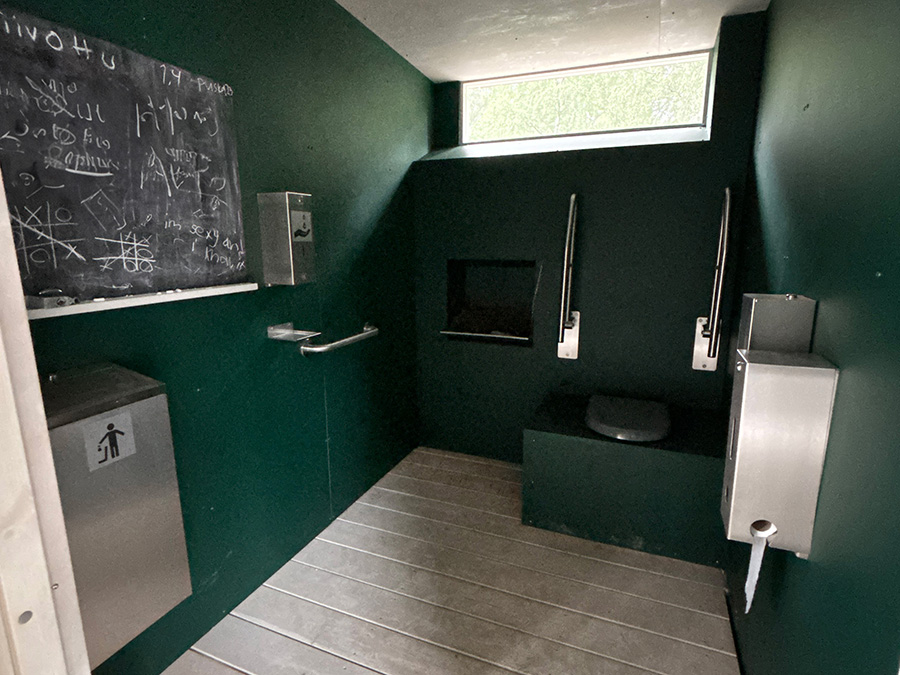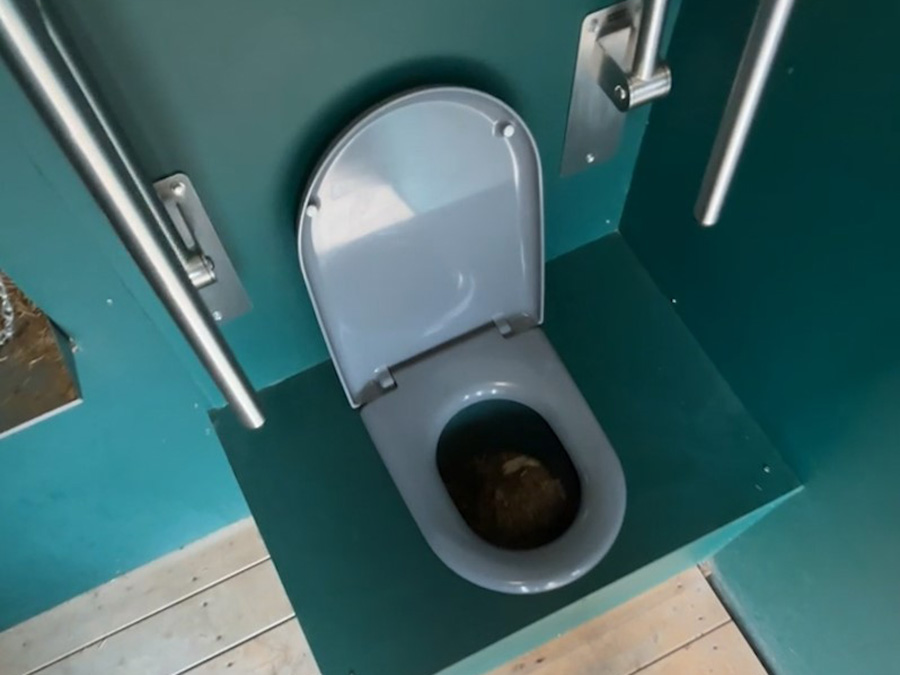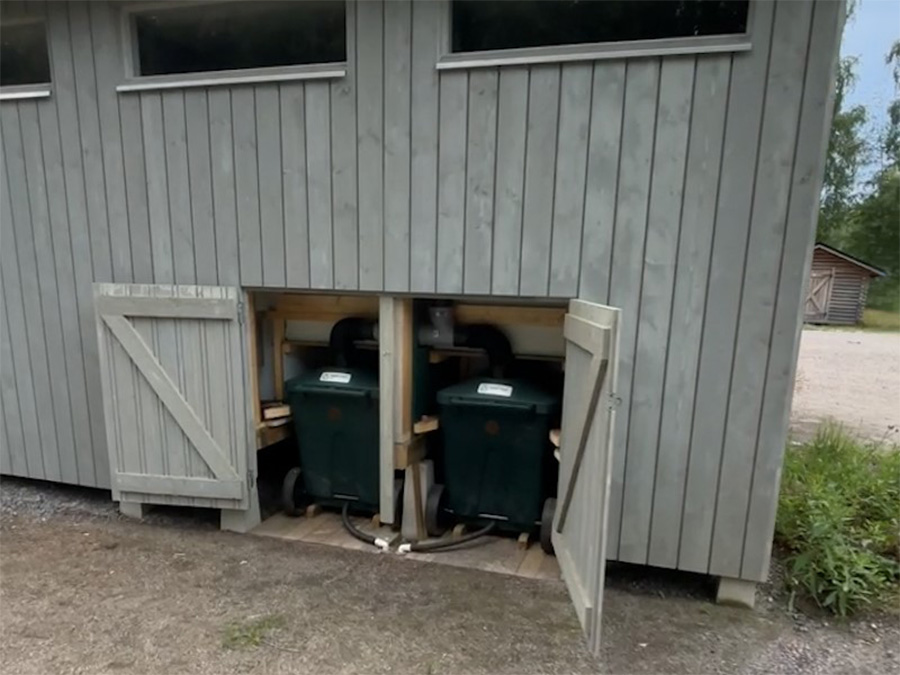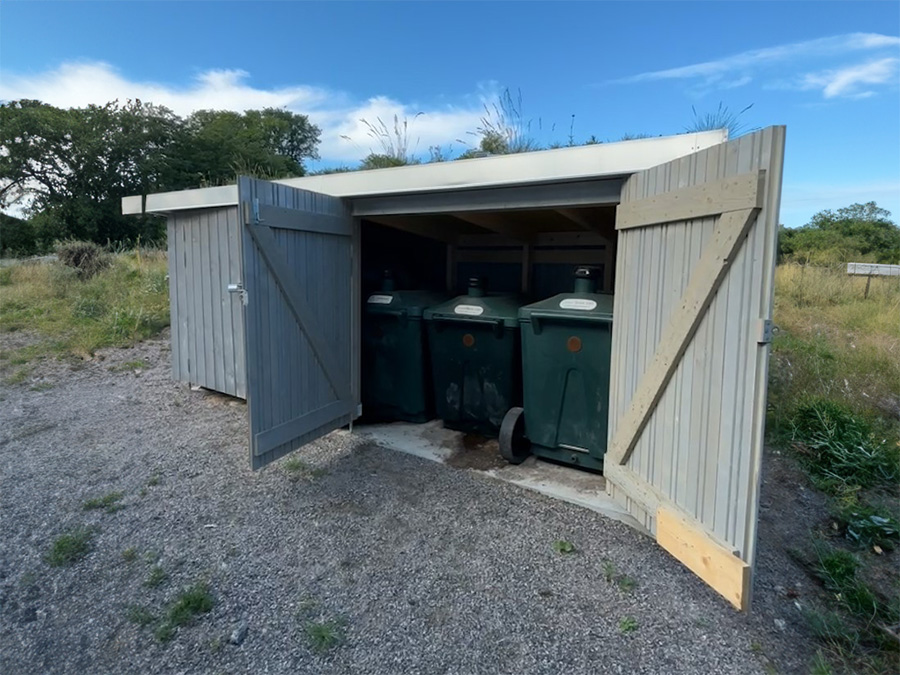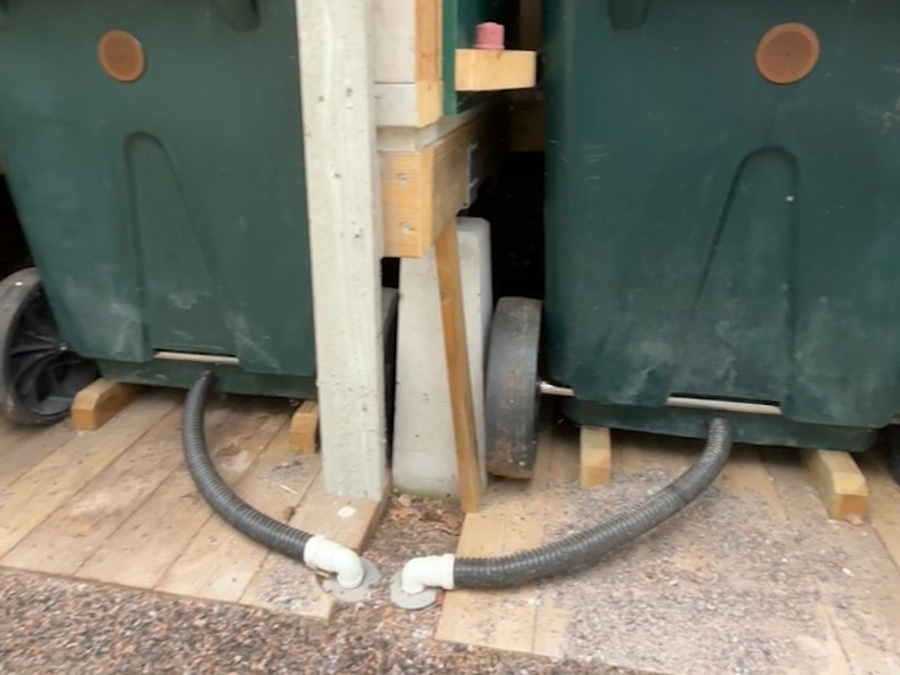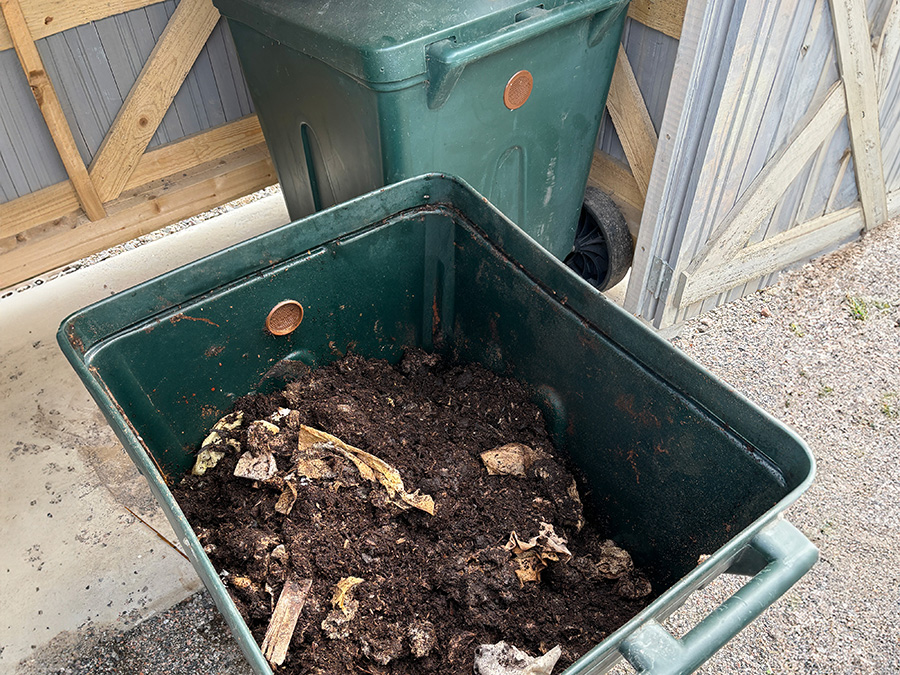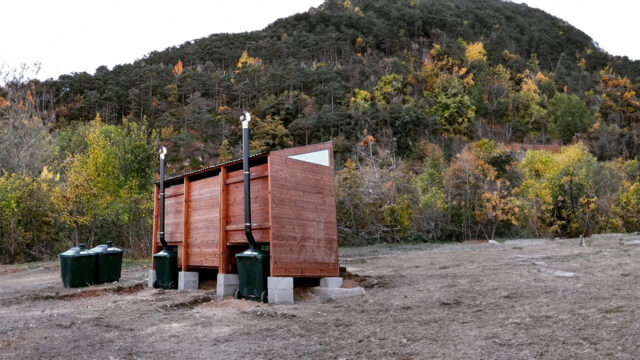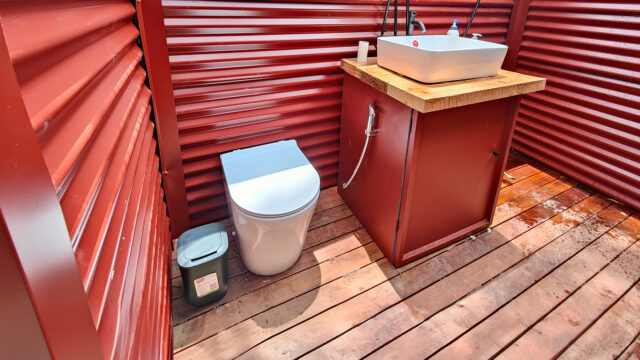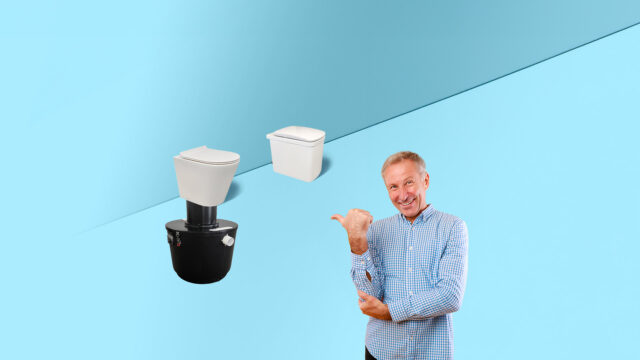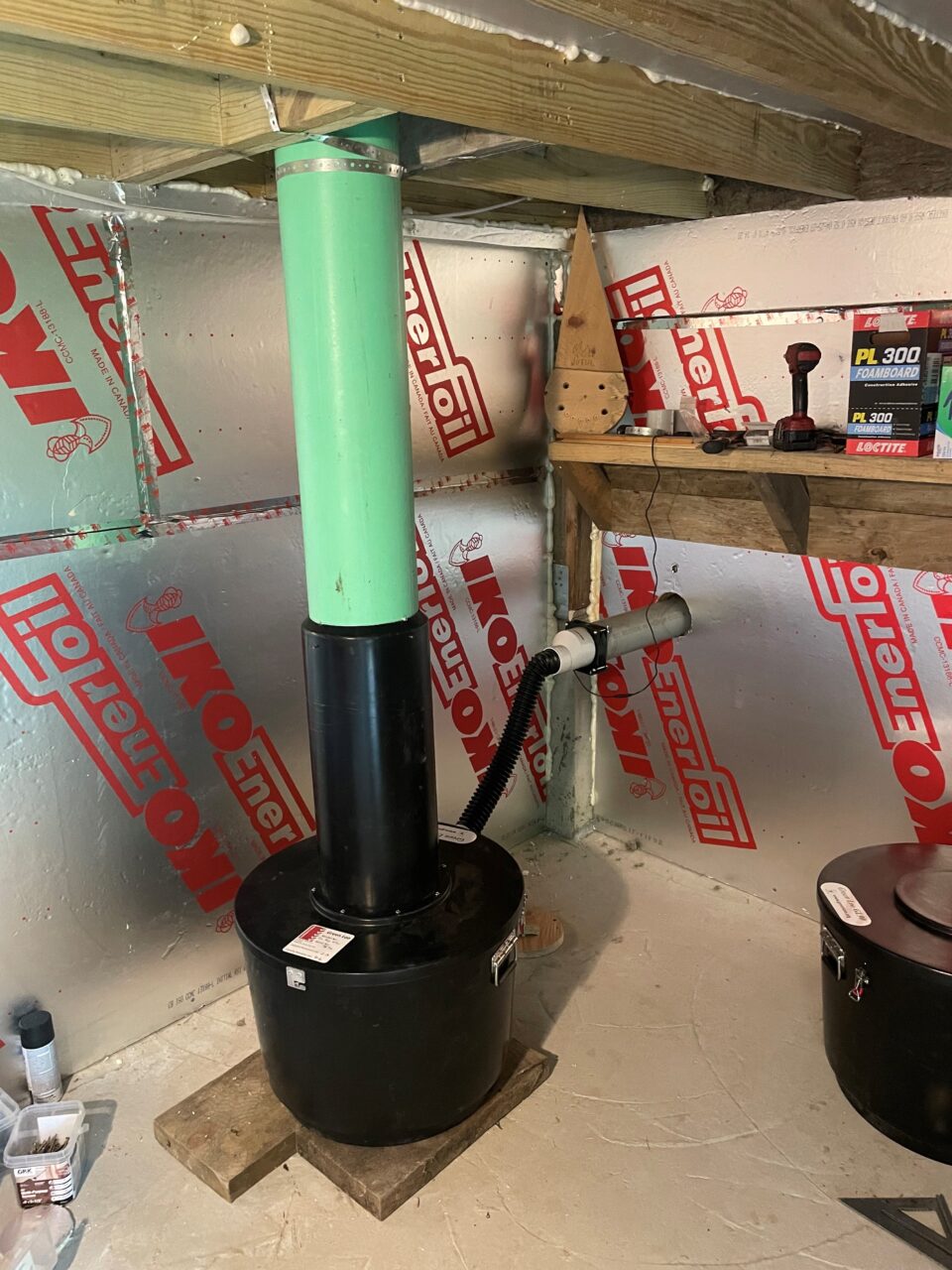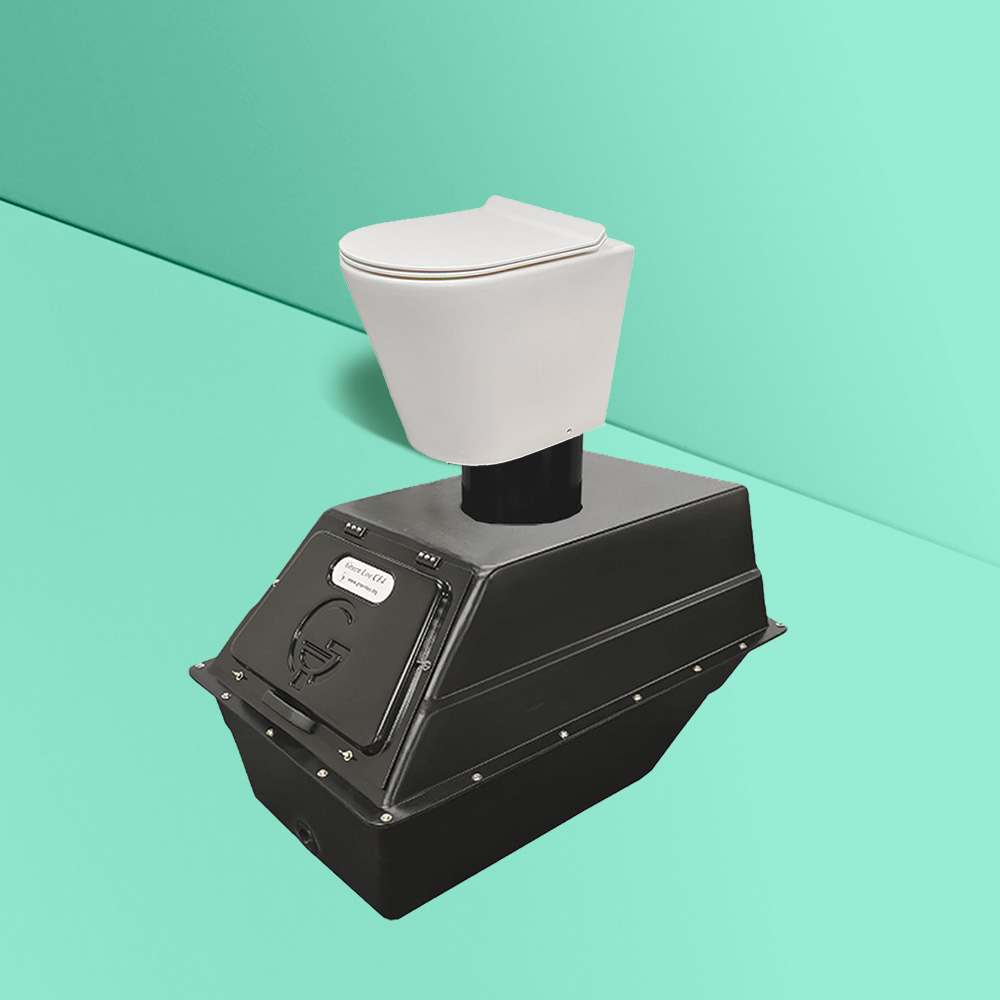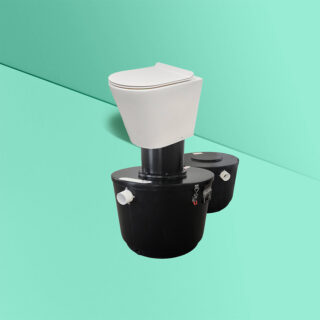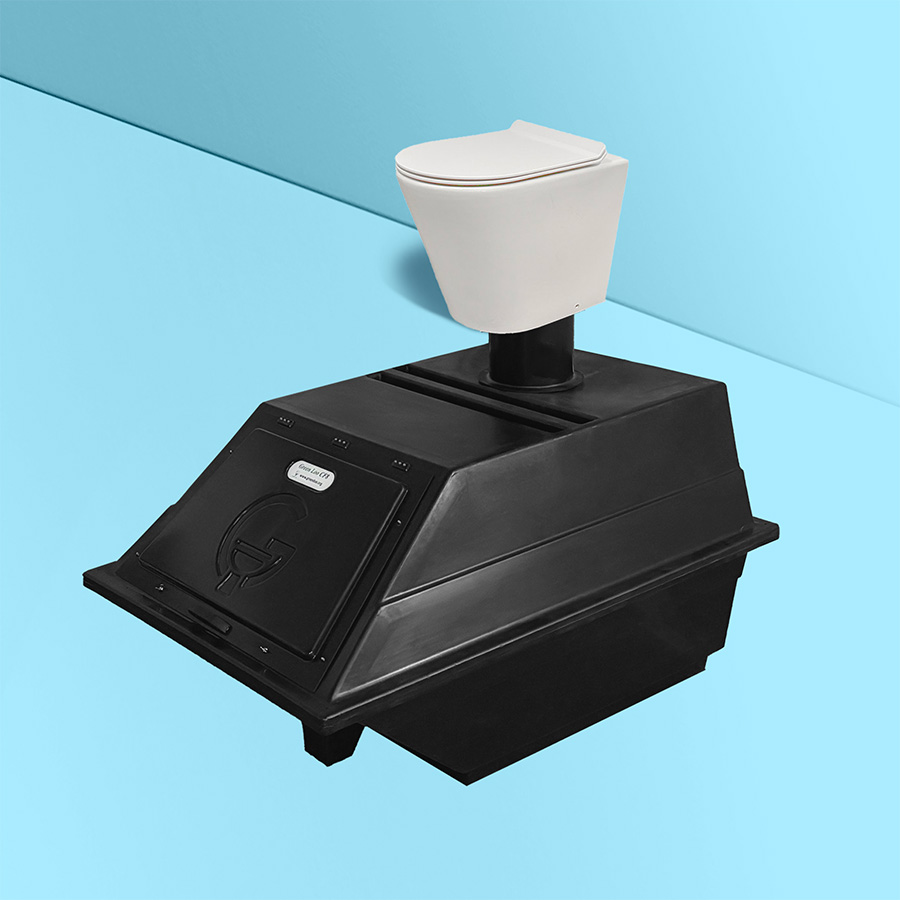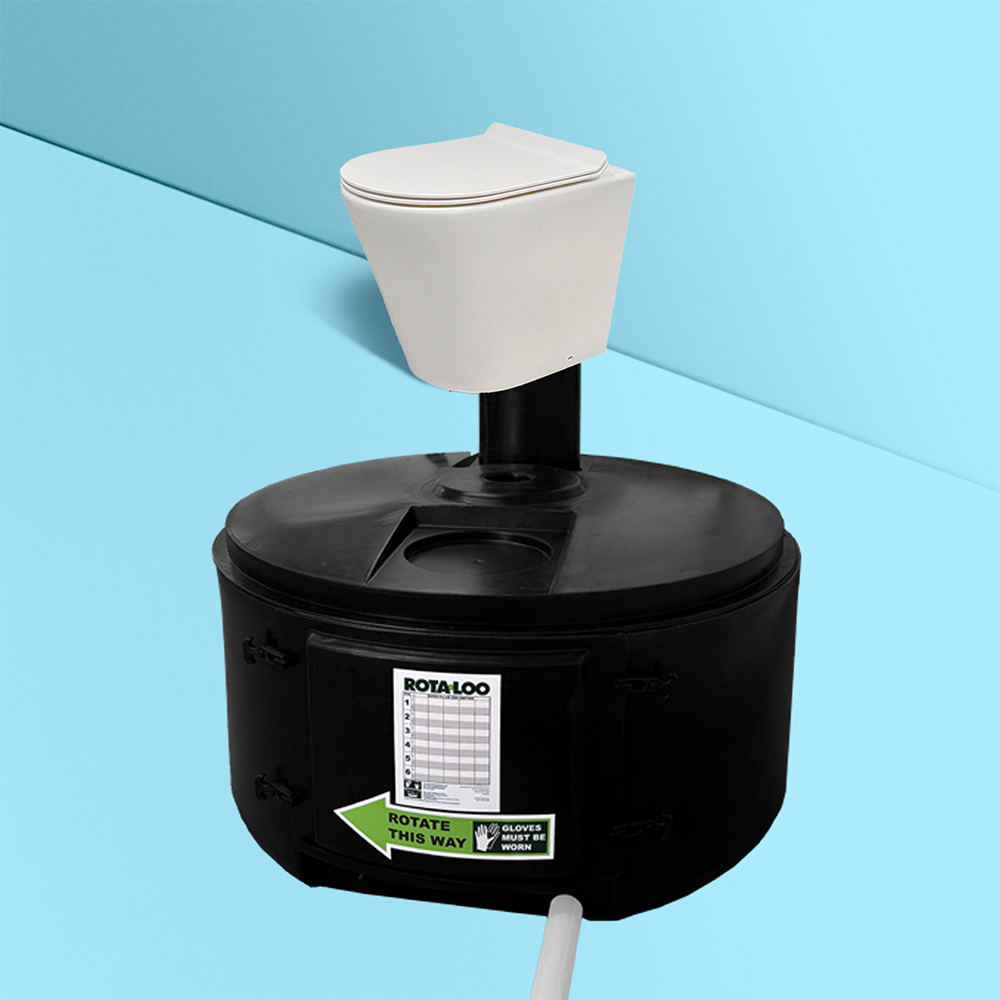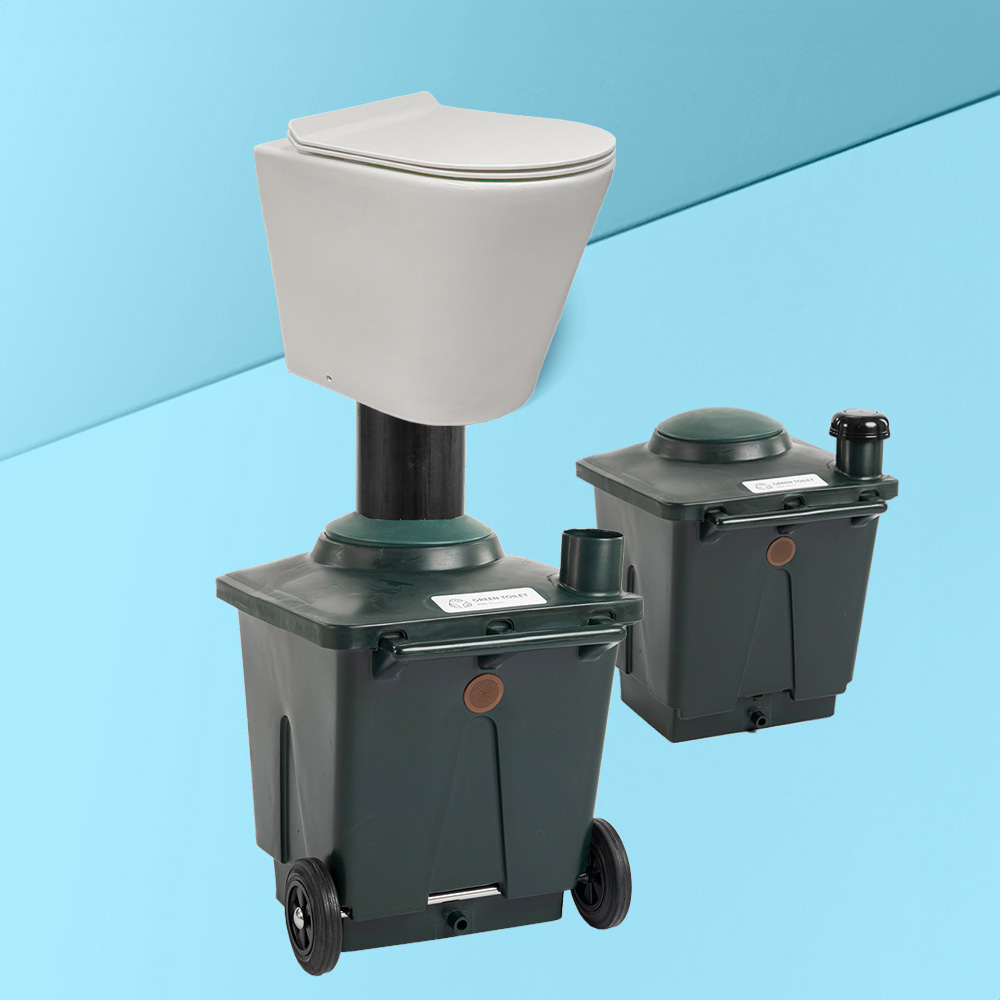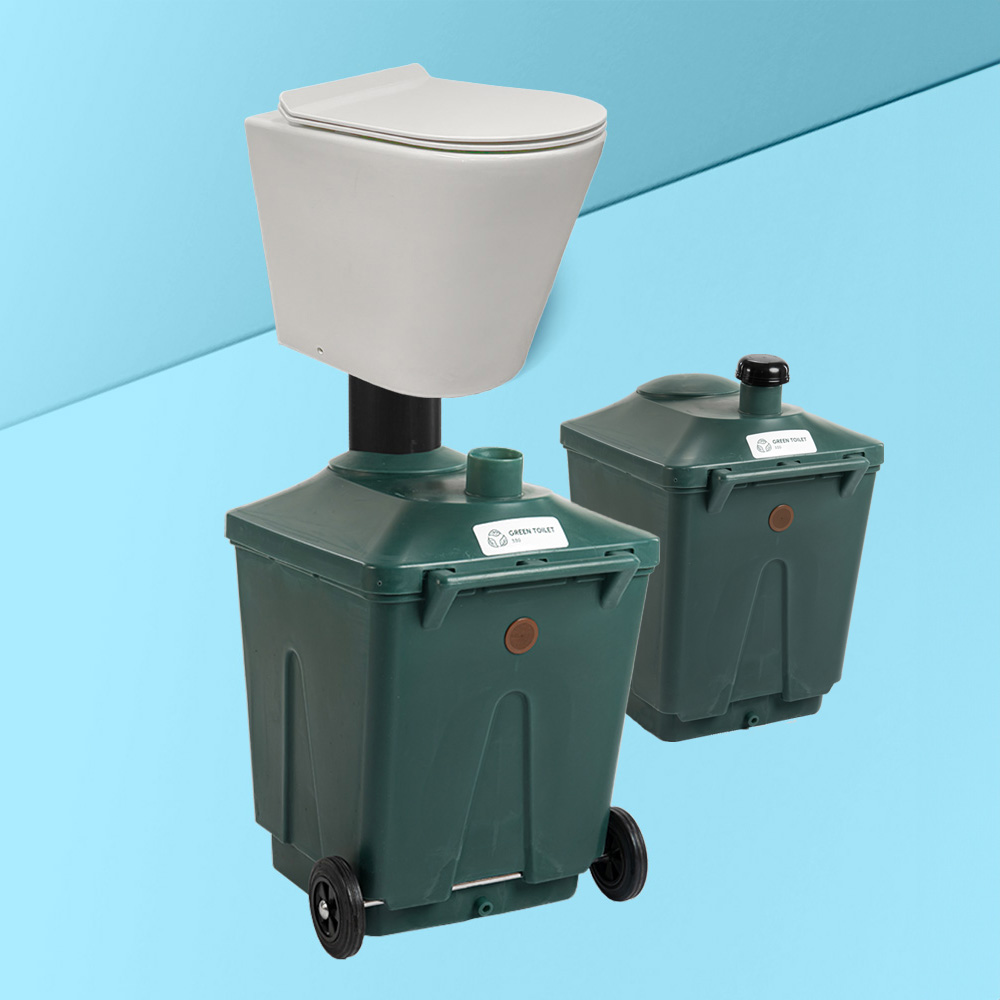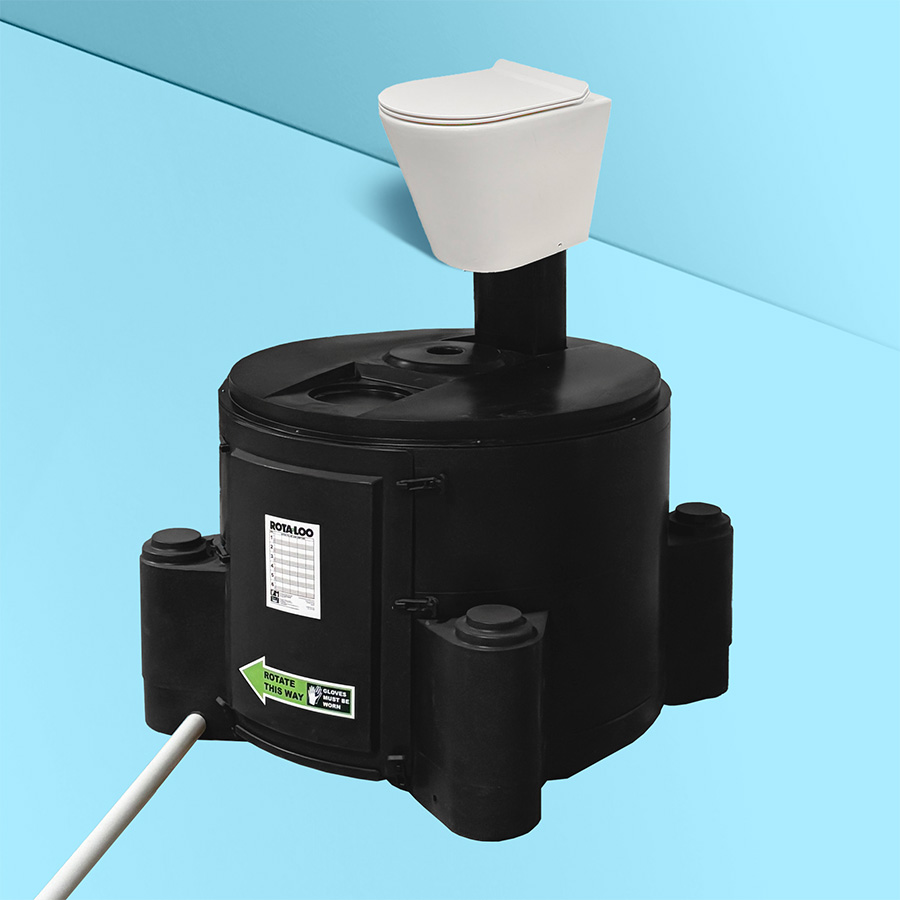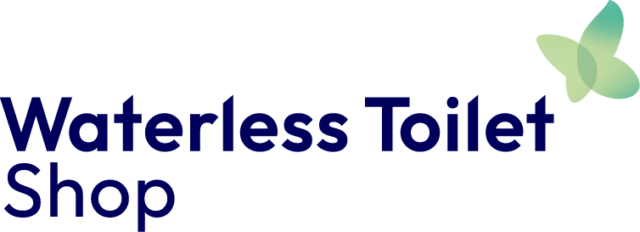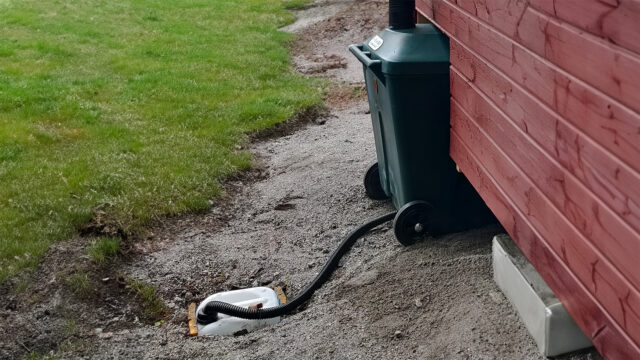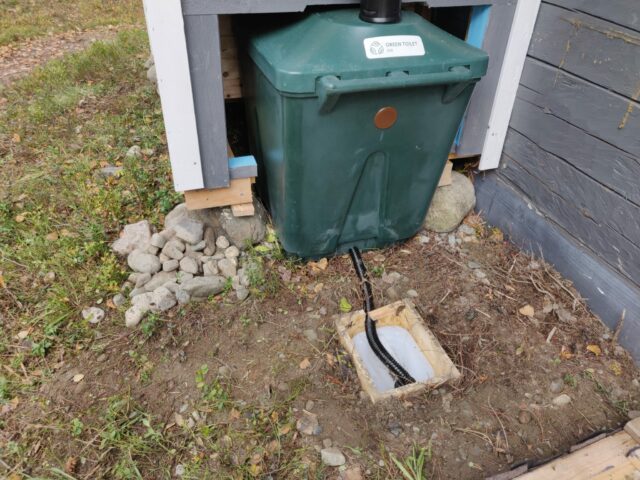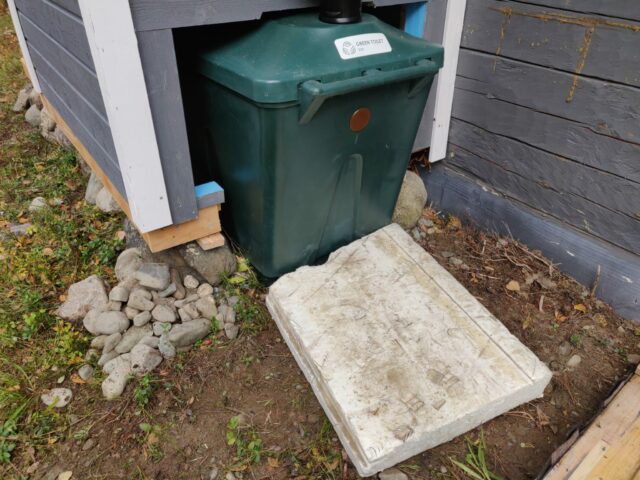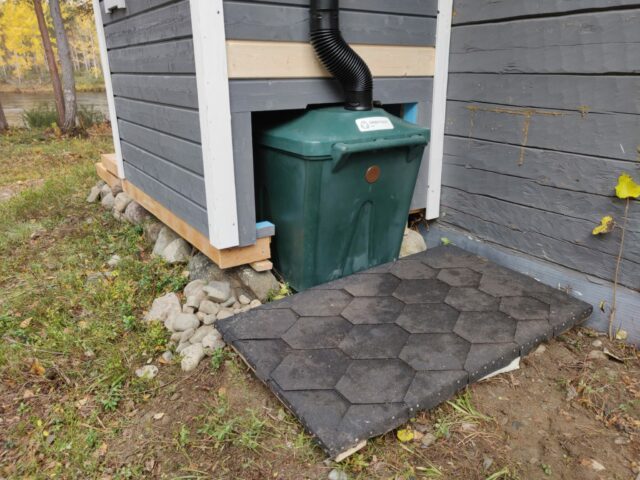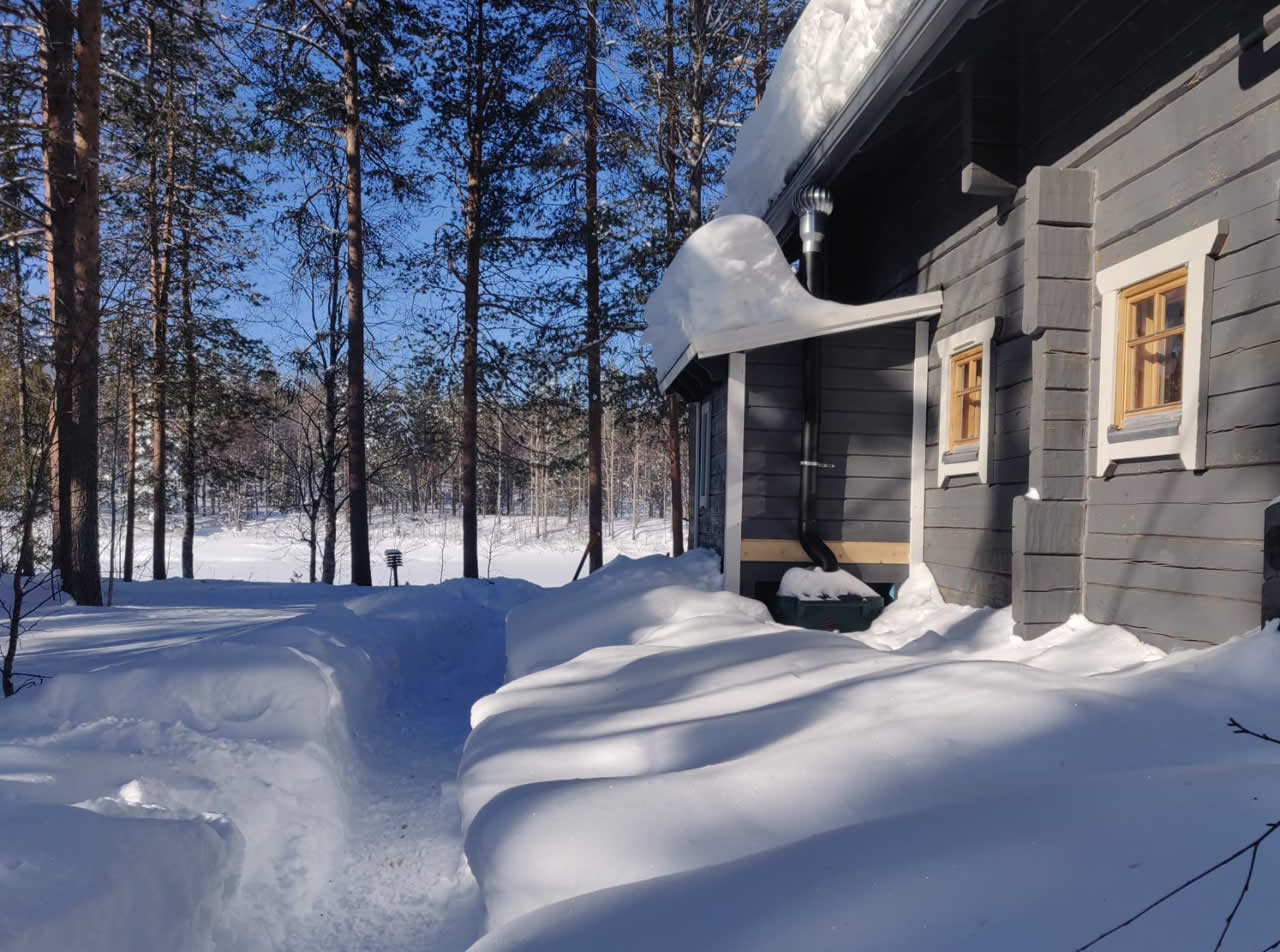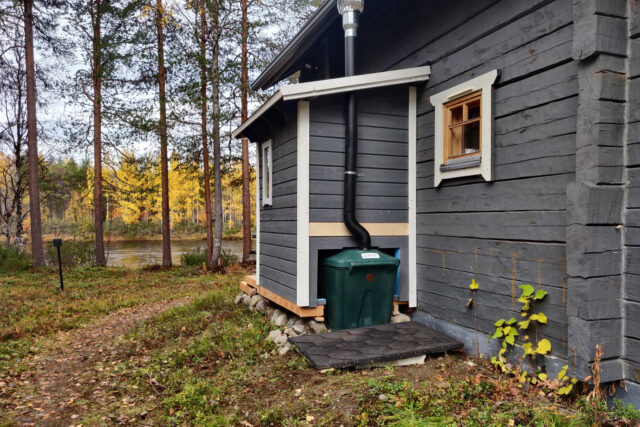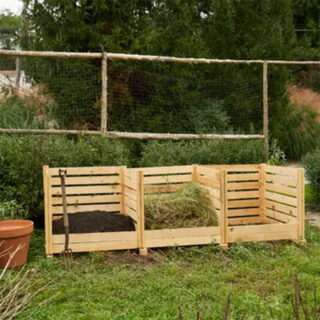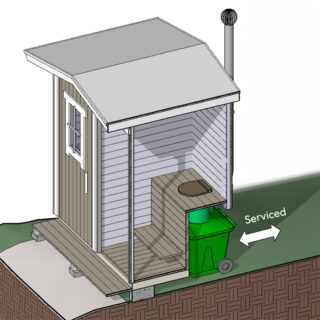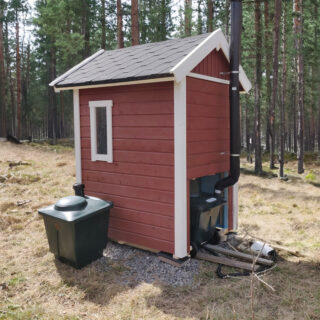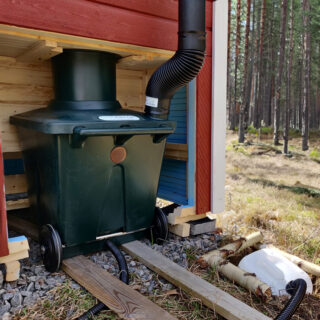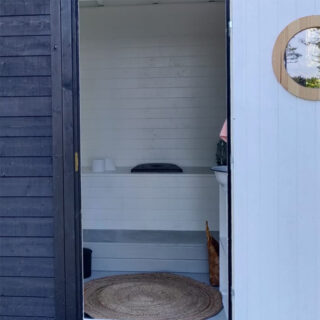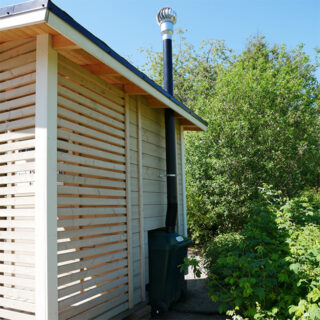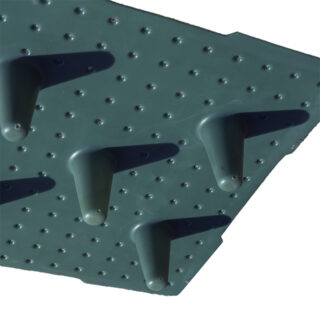Public Toilets Off the Grid: Case Study of Helsinki Outhouses
When it comes to public use toilets, waterless options are often overlooked. Typically, public toilets require high standards of accessibility, durability, and ease of maintenance. Unfortunately, waterless toilets are frequently misunderstood and underestimated.
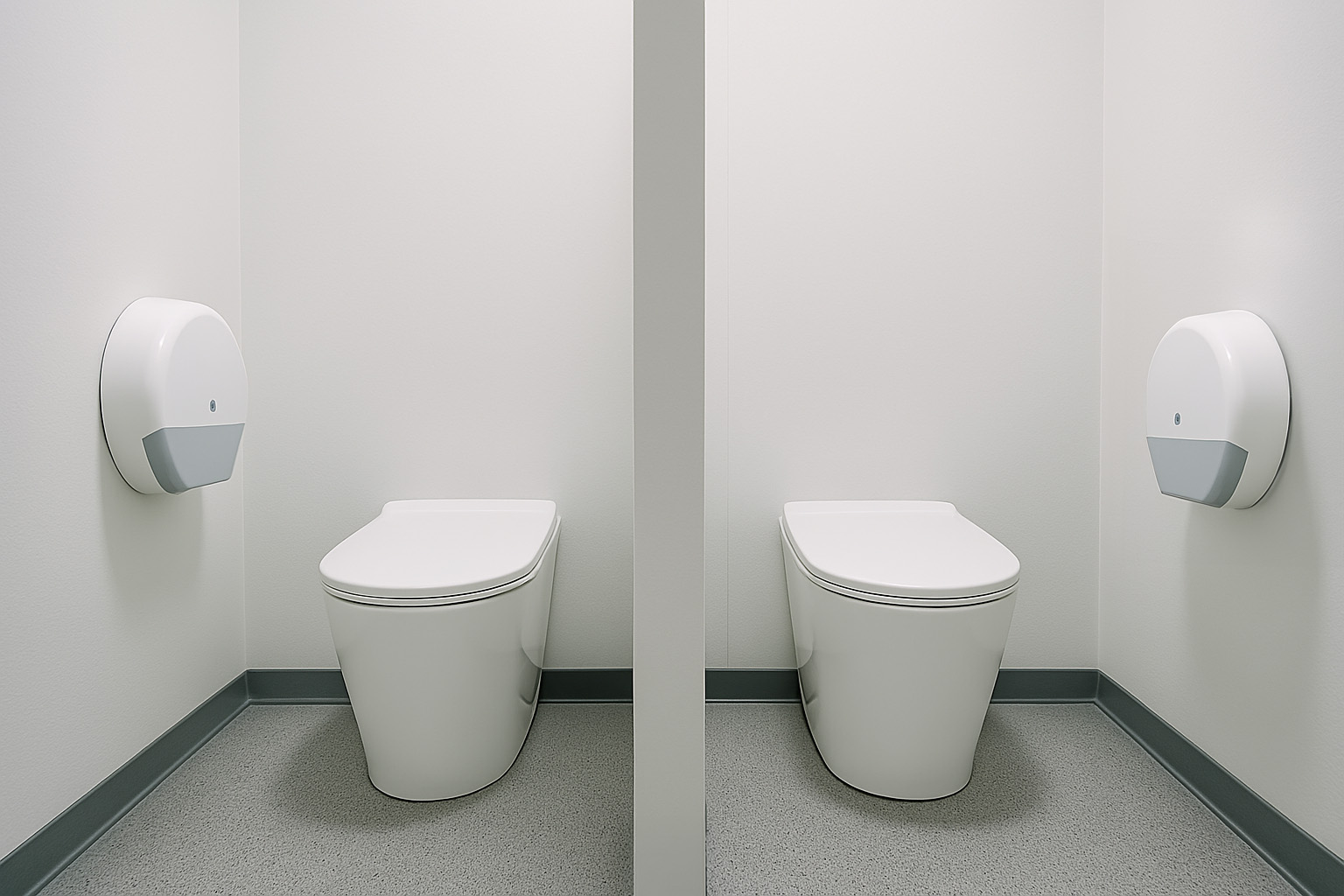
However, in this article, we will demonstrate how waterless toilets, particularly composting toilets, offer an excellent solution for all off-grid locations such as nature trails, public parks, conservation areas, and golf courses. These systems not only meet but often exceed the requirements for public sanitation facilities, while also providing significant cost savings and environmental benefits.
Key elements of public use composting toilets
Odorless user experience
Nobody wants a smelly toilet. Therefore, it is crucial to separate the liquids from the solid waste within the composting toilet. In addition, the composting toilet should have proper ventilation from the composting unit.
Scalable capacity
It is not uncommon to see a public toilet temporarily out of service. To address this, we recommend implementing a batch composting toilet system with scalable capacity. Such systems allow for the quick replacement of full composting units with empty ones, ensuring the facility remains operational at all times.
Thoughtful waste management
Don’t forget to plan what happens to the liquids and solid waste after they are collected and composted. Public toilets with under 100 daily toilet users can usually recycle the waste on the site. If there are thousands or more users, then it may be worth to consider a central composting area to treat the toilet waste.
Attention to detail
The comfort and convenience of users are paramount. Details like ample space inside the toilet for family use, including diaper changes, as well as practical features such as hooks for bags or jackets, are important. Essentials such as hand sanitizers, toilet paper, trash bins, and visible contact information should always be readily available to enhance user experience.
Case: Helsinki Outhouses
This case study focuses on public, off-the-grid toilets located in the capital of Finland. The toilets are called Helsinki Outhouses. They are a group of composting public toilets built around the city of Helsinki. Helsinki Outhouses are a prime example of public waterless sanitation solutions.
Background
The Helsinki Outhouses are located in various public parks and alongside popular nature trails at the city of Helsinki. The closest one is just few miles from the city centre in the old town of Helsinki. Designed with an architectural aesthetic that blends with the natural environment, these outhouses utilize Green Toilet 330 composting systems, renowned for their odorless use experience and ease of maintenance.
Facility Overview
Each outhouse features traditional flat seating, which is a common design in traditional outhouses but updated here with modern materials and clean lines to ensure durability and pleasant use. The remarkable feature of these facilities is their ability to remain completely odorless despite high usage, which ranges from 2,000 to 4,000 visitors per month.
Composting System
The Helsinki Outhouses employ a robust composting system that is based on batch composting principle. This system uses multiple Green Toilet 330 containers that are rotated on a 4-8 week cycle, depending on usage rates. When a container fills up, it is removed and replaced with an empty one, while the full container is set aside to continue the composting process. This method not only effectively manages waste but also preserves the valuable nutrients, as the composted material is eventually used for landscaping and other environmental enhancement projects.
Conclusion
The Helsinki Outhouses represent a successful integration of functionality, aesthetic design, and environmental stewardship in a public off grid toilets. By employing advanced composting toilet technology, these facilities manage to provide essential services for locals and tourists while maintaining a commitment to sustainability. Such models offer valuable insights for other cities and locations looking to implement waterless toilet solutions in public sanitation, proving that practical implementation of sustainable technologies can achieve significant environmental and social benefits. This case not only highlights the technical aspects but also the scalable potential of composting toilet systems in public spaces, setting a benchmark for future developments in off-grid sanitation facilities.
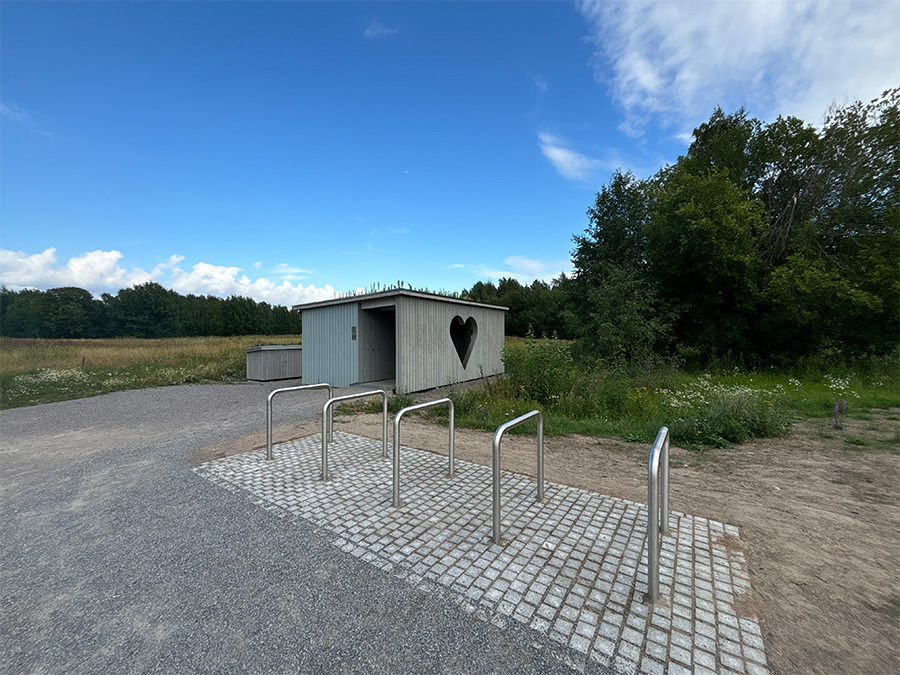
Partner with us for sustainable waterless sanitation solutions
If you’re considering the implementation of off-grid, environmentally-friendly toilet solutions in your area, don’t hesitate to reach out to us. Our expertise in deploying waterless composting toilets ensures that your project will not only meet but exceed expectations in sustainability and user satisfaction. Whether you manage a nature trail, a public park, a conservation area, or any location without traditional infrastructure, our systems provide a clean, odorless, and efficient solution that respects both the environment and the needs of the public.
📱(702) 328 0689
✉ info@waterlesstoiletshop.com
Contact us today to learn more about how our innovative sanitation solutions can transform public spaces and contribute to a greener future. Let’s work together to make accessible, sustainable sanitation a reality for everyone.



